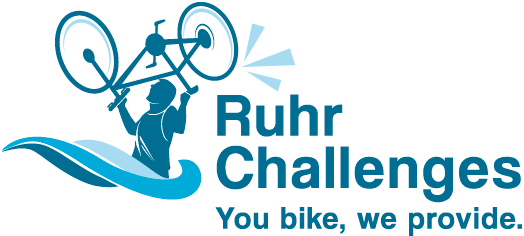To prevent anyone losing their way on the long route as much as possible, we will not be using printed maps (road signs could be poorly visible in the dark or due to weather conditions, overlooked or even missing; and a printed map is usually [as tested during the R2NSC in 2015] impractical due to its size alone), but rather you should be
- using a smartphone and the R2NSC app. This variant is recommended because, in addition to the navigation, additional information about the tours is available ‘at a glance’ and always up to date. It even plays an acoustic alarm if you go off course
or
- using a standard commercial cycling navigation device. This variant also allows reliable navigation in all weather conditions. It’s lower power consumption in comparison to the smartphone is an advantage, but the lack of additional information and the additional cost of purchase are downsides. The route will be sent to you as a GPX file (also for Garmin equipment) around one week before each tour.
or
- riding as part of a team in which at least one team member is equipped with a smartphone or a bicycle navigation device.


